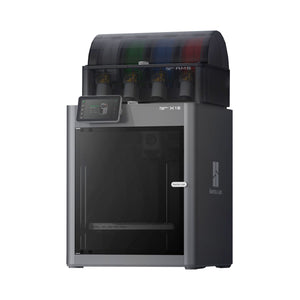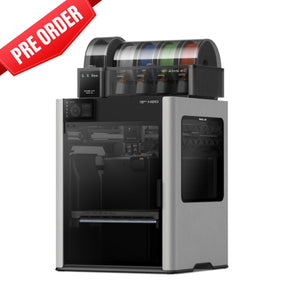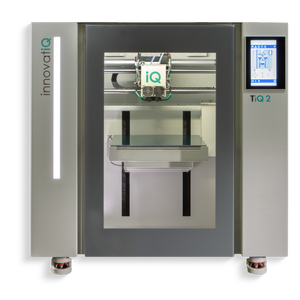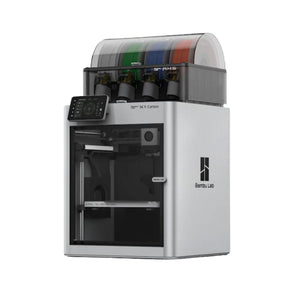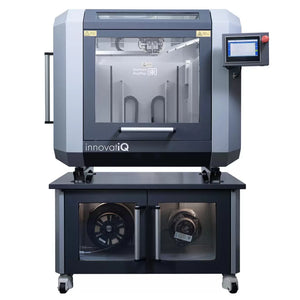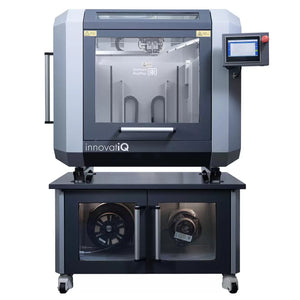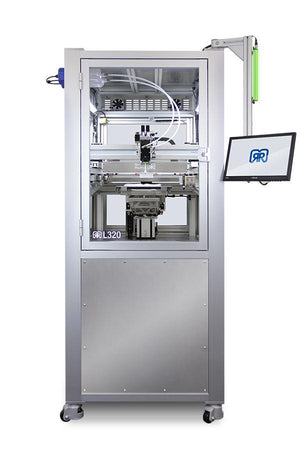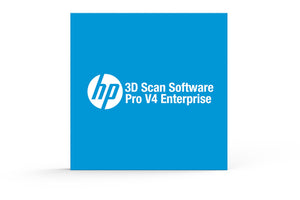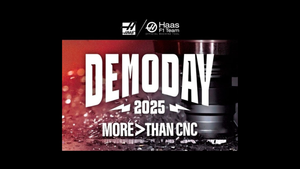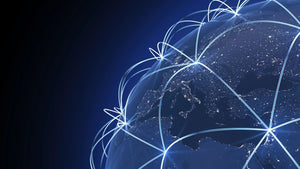Apr 22, 2025
Solving Modern Manufacturing Challenges Starts with an Additive Mindset
We talk to a lot of companies who are stuck. Their parts are late. Their tooling costs are creeping up. They’re burning hours chasing suppliers or trying to make legacy processes work for a world that’s changed. Everyone’s looking for a fix—but most aren’t looking in the right place.
Here’s what we’ve learned: solving these kinds of manufacturing problems rarely starts with a machine. It starts with mindset.
Additive manufacturing isn’t new. The printers are better than ever, materials are solid, and the economics are finally there for production—not just prototyping. The real hurdle? It’s the fear that trying something new will somehow throw everything else off course.
That’s fair. Most engineers and ops teams have spent years refining their process. There’s comfort in what’s known. But when you’re running into the same problems—long lead times, costly design changes, or low-volume parts that never pencil out—it’s worth asking: what if the problem isn’t the vendor or the machine shop? What if the problem is the assumption that this is the only way?
We mentioned Winco in our last post, but their story fits here too. They were dealing with delays and supplier issues on a key part. Instead of sticking with the same playbook, they shifted their mindset and tried something new. We helped them move to SLS 3D printing—producing the part for them here in the U.S.—and now they’ve got better reliability, faster turnaround, and way more control. Watch the case study here.
That’s what the additive mindset unlocks. Not just a machine on your floor, but a different way of solving problems.
Suddenly, you’re not thinking in terms of “what’s possible with our current tools.” You’re thinking in terms of “what’s the best way to solve this?”
We’ve helped companies take that first step and scale from there. Some keep production in-house. Others lean on us or hybrid solutions. It’s not about being all-in or betting the farm on new tech. It’s about opening up your options when the old way isn’t cutting it anymore.
If you’ve been putting off additive because it feels like a big leap, that’s normal. But in our experience, the leap is usually smaller than you think. And the upside? That’s where things get interesting.
If you want to talk about where this might fit in your world, let’s chat. Or just keep following along—there’s more to come.


